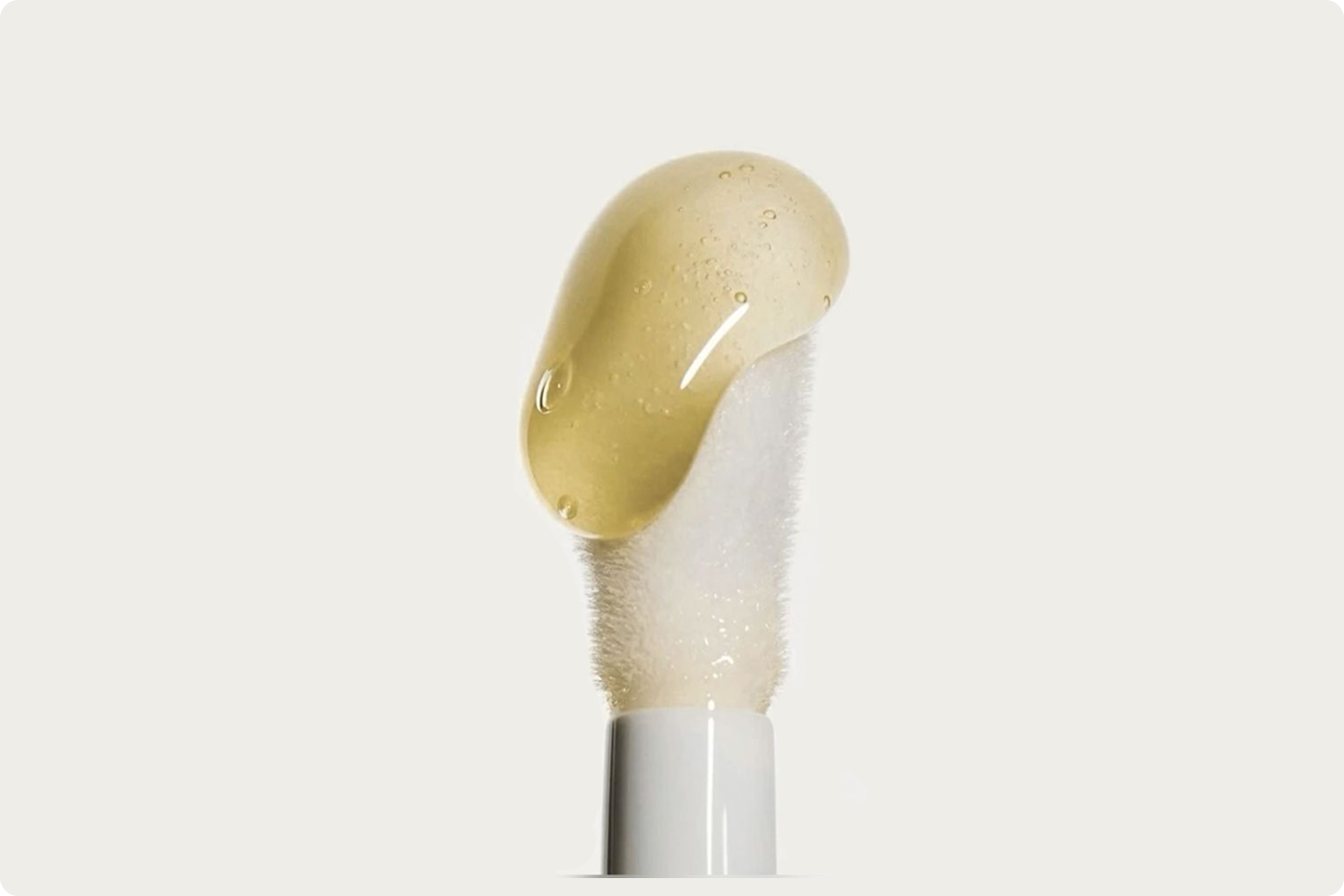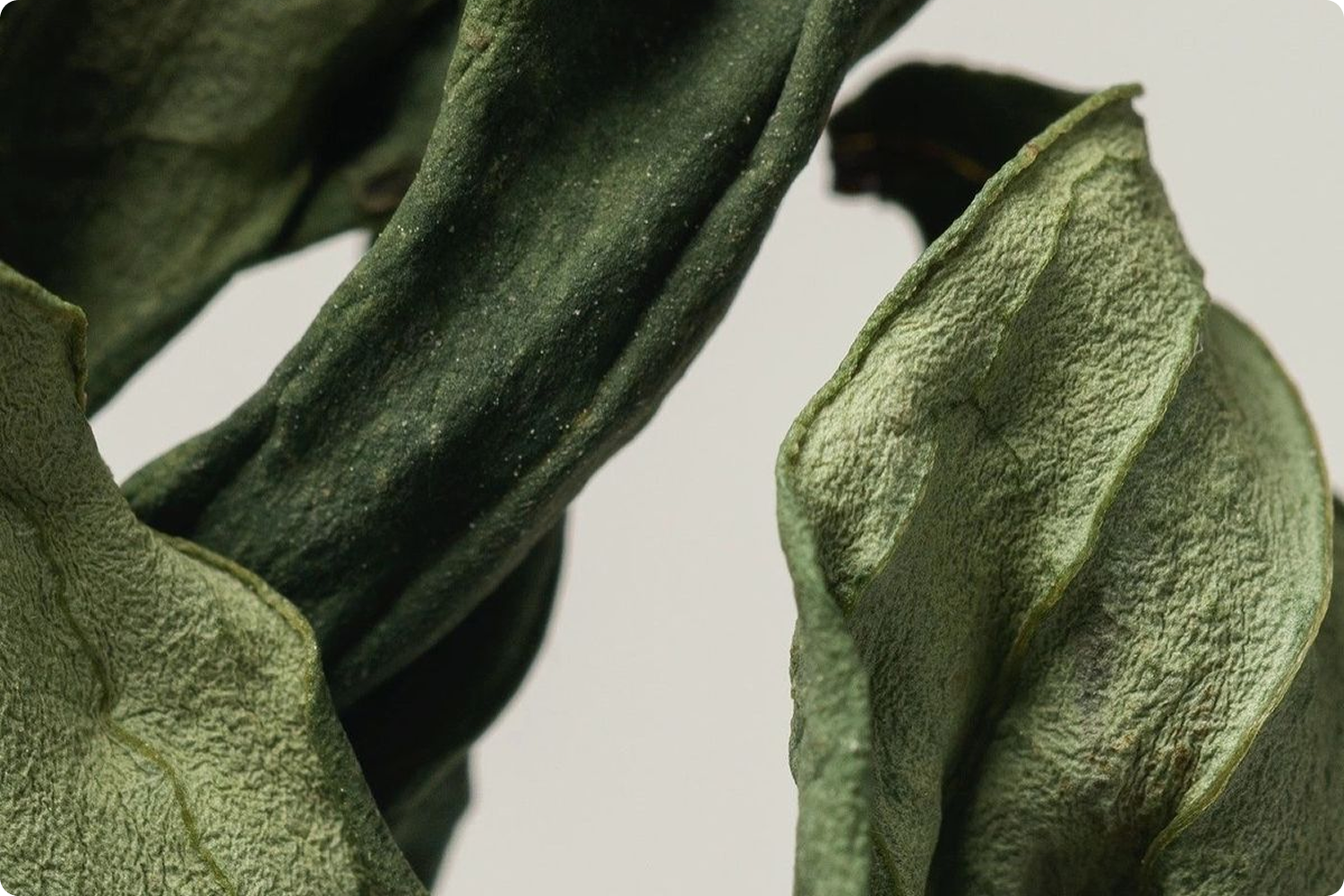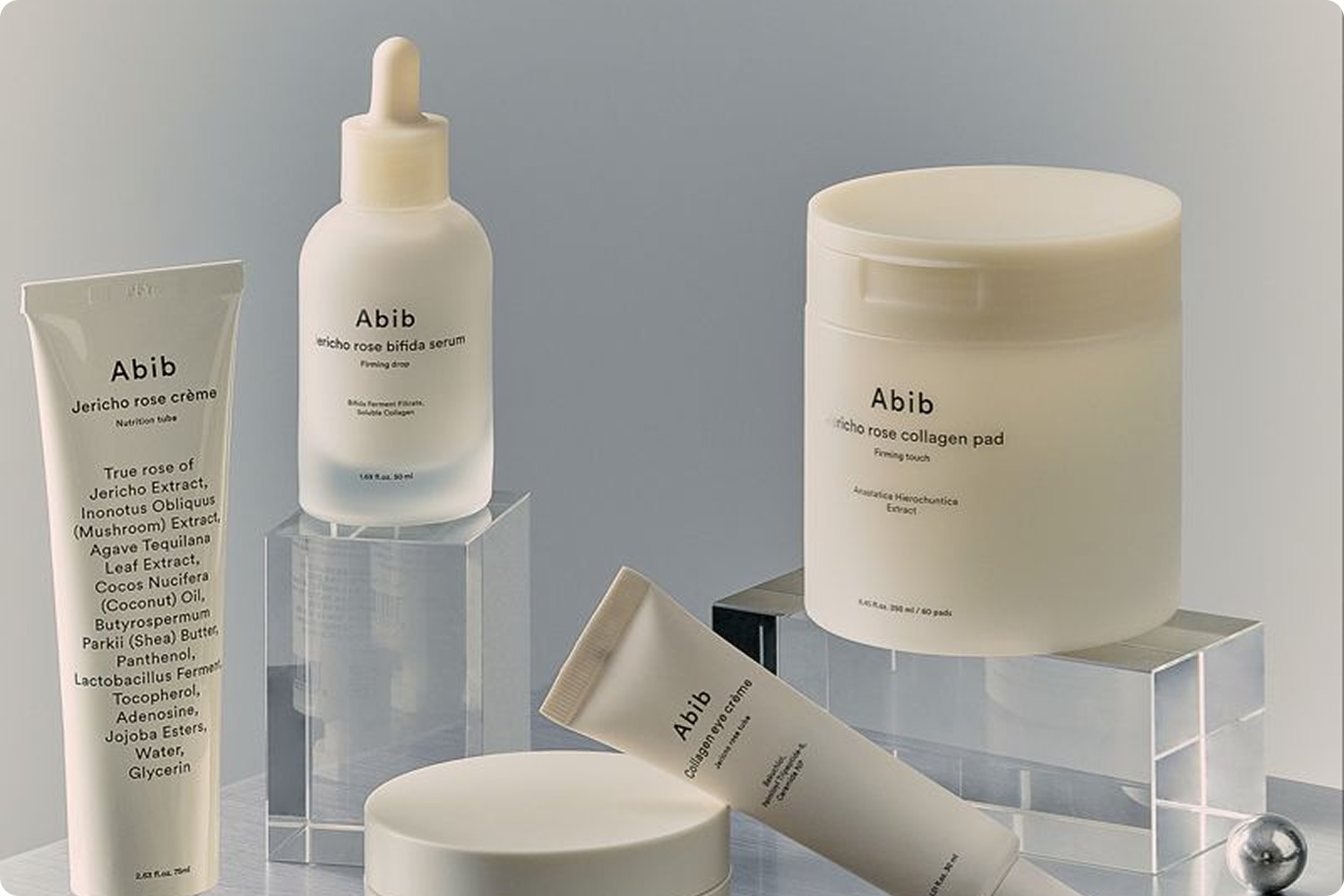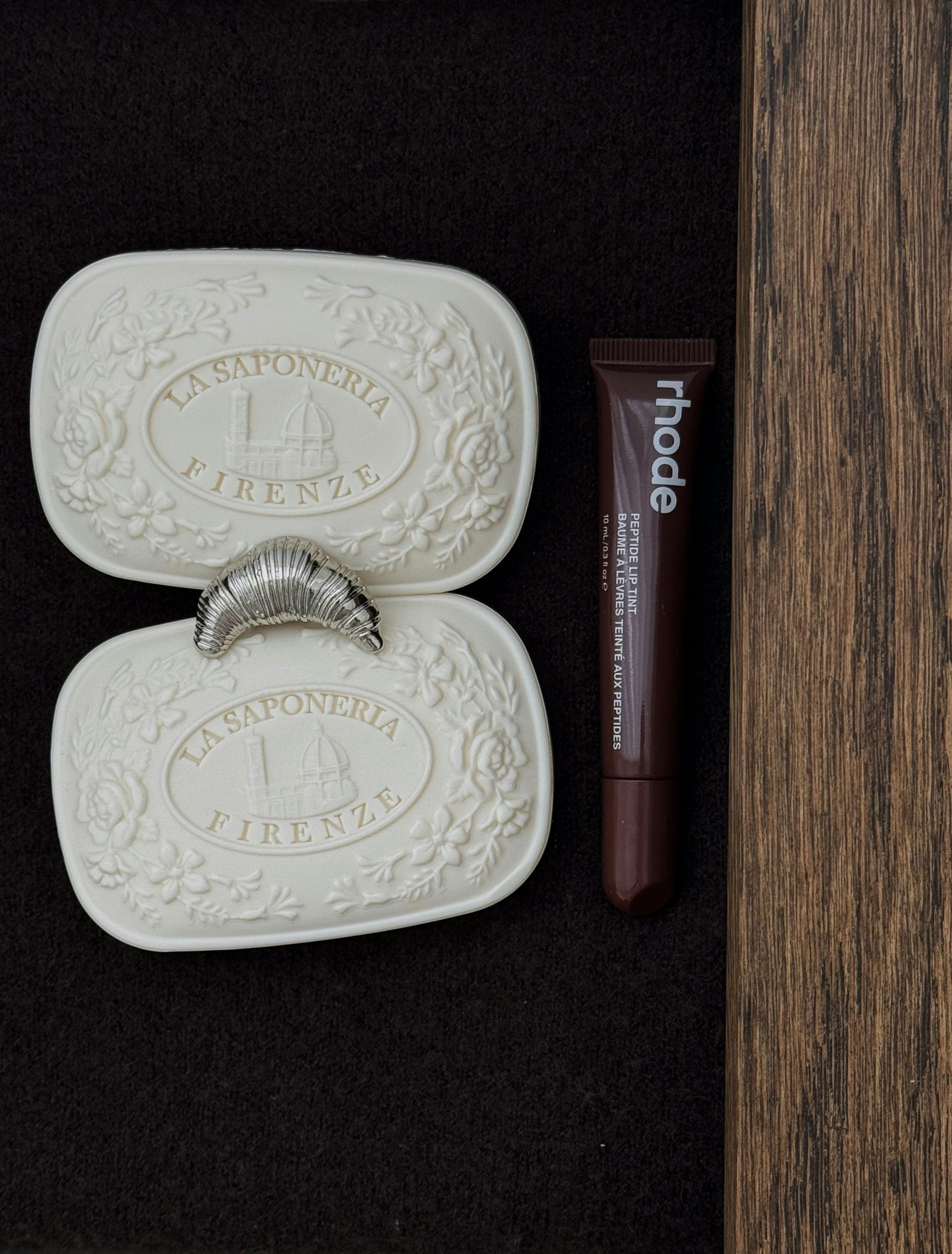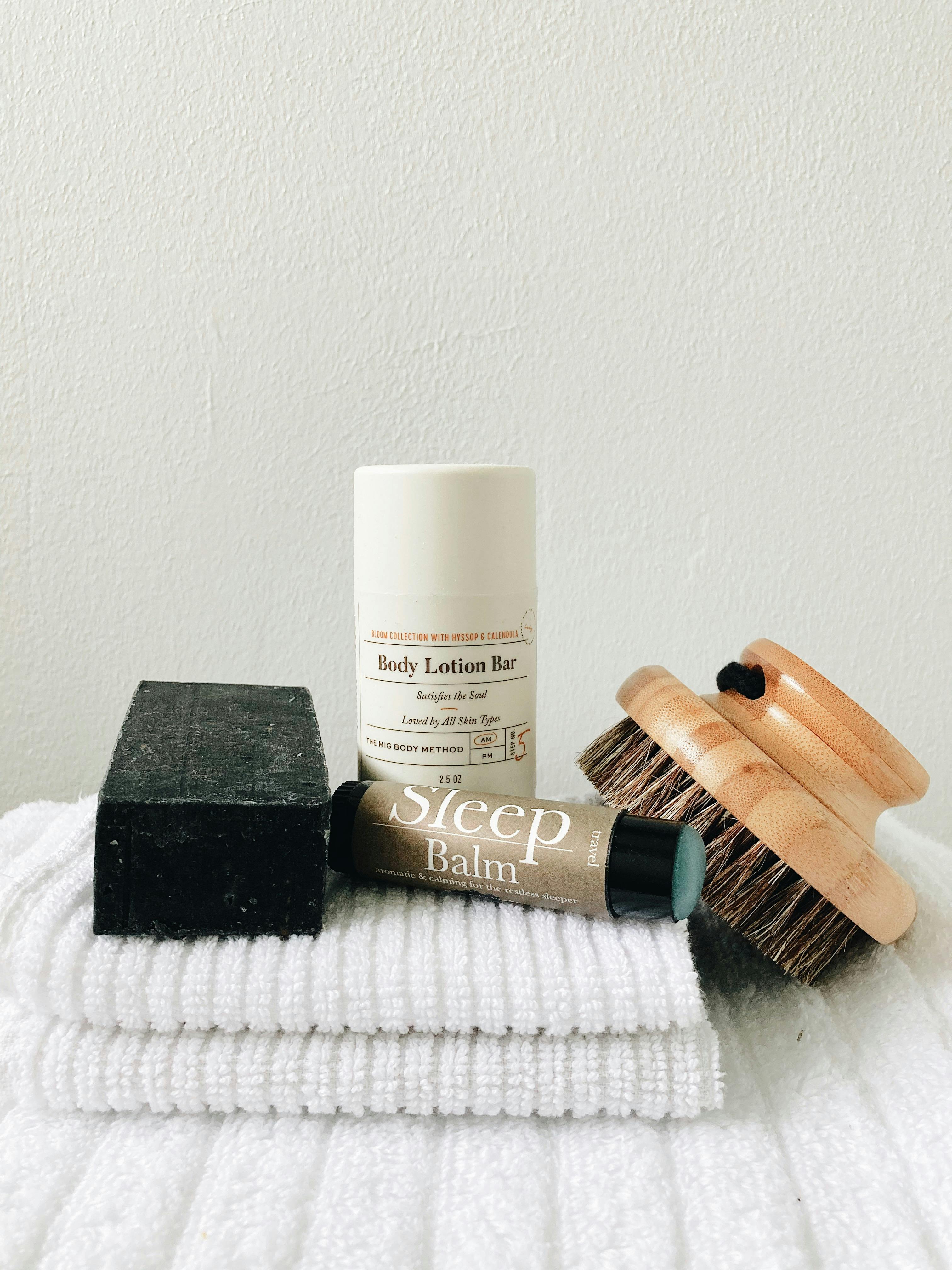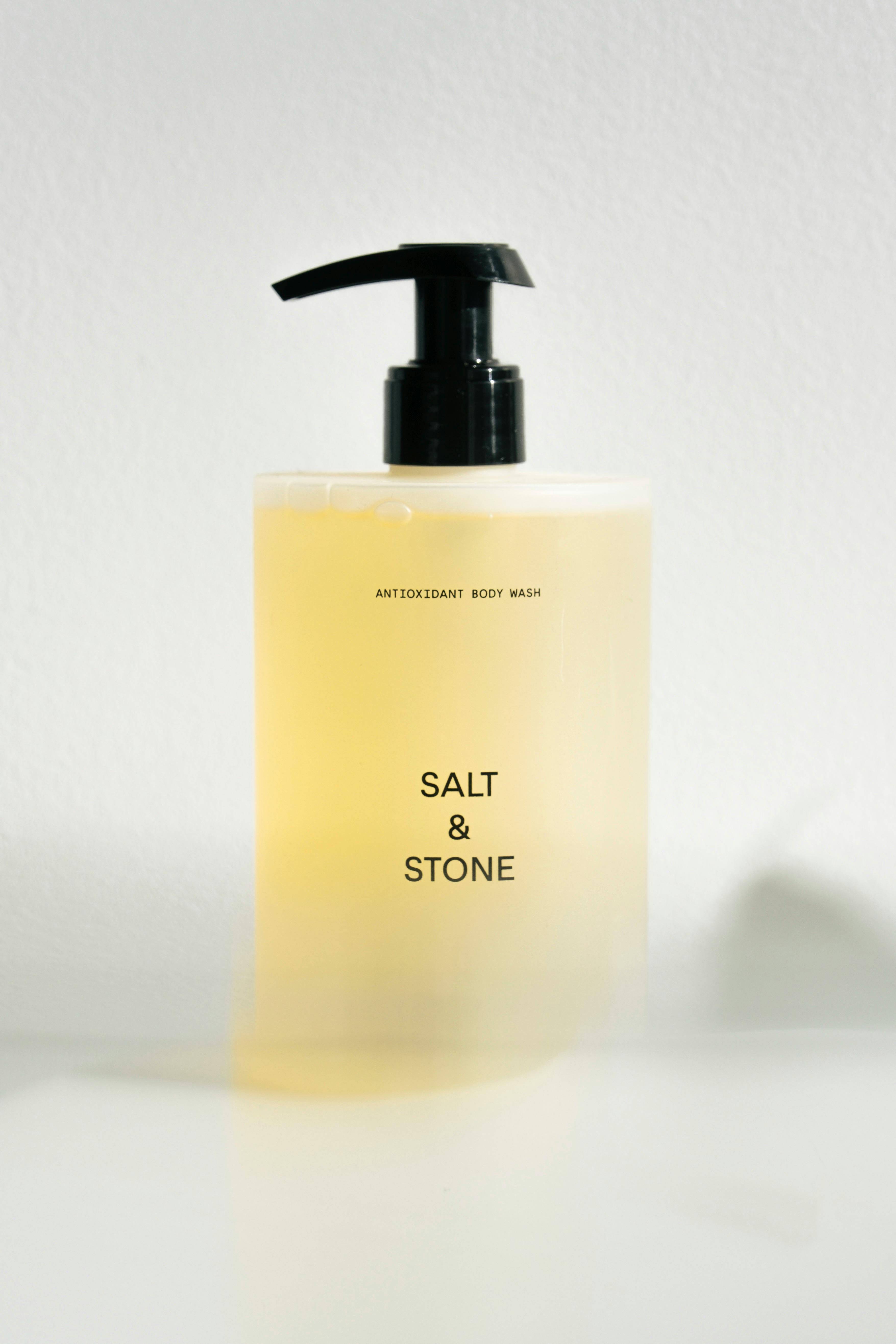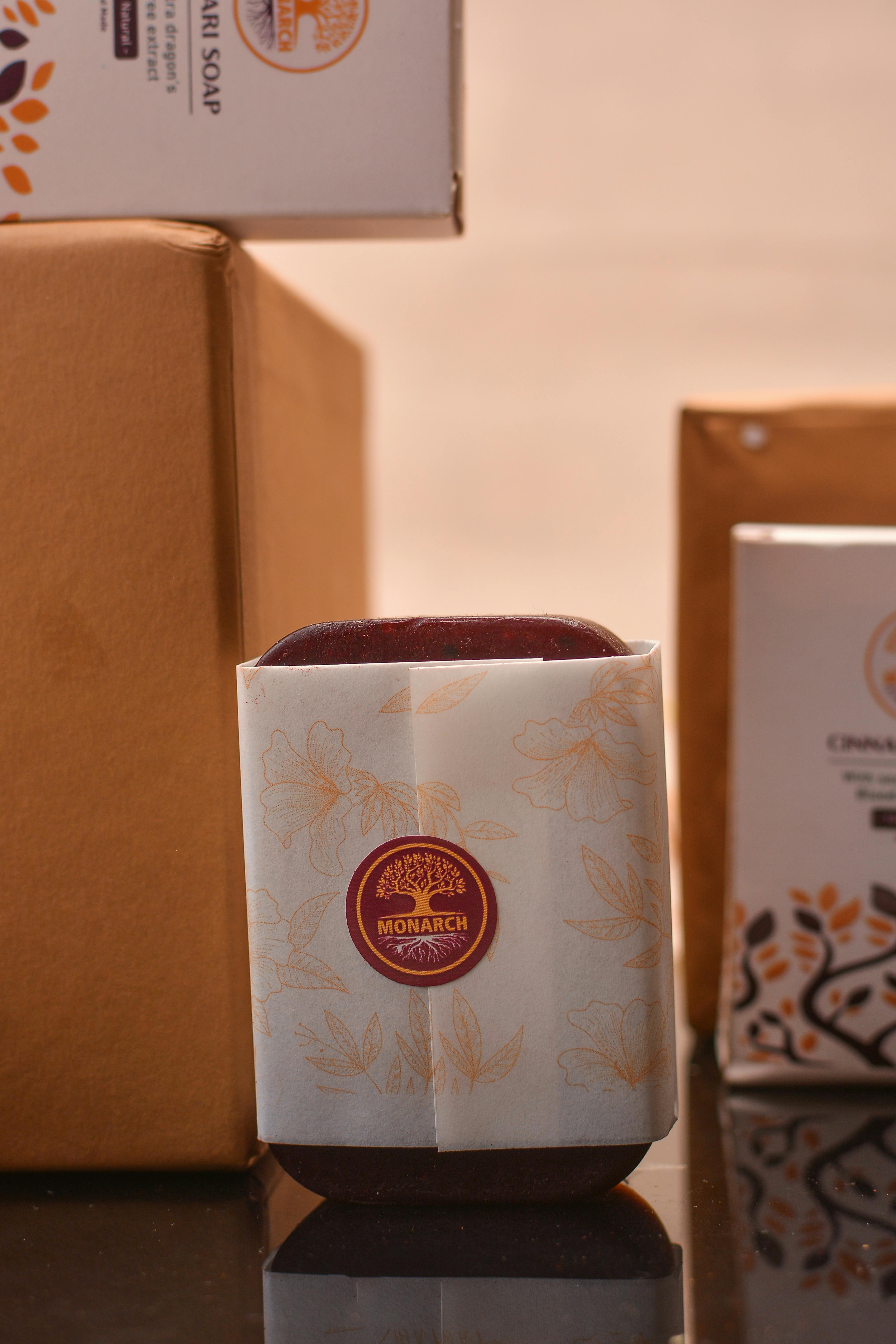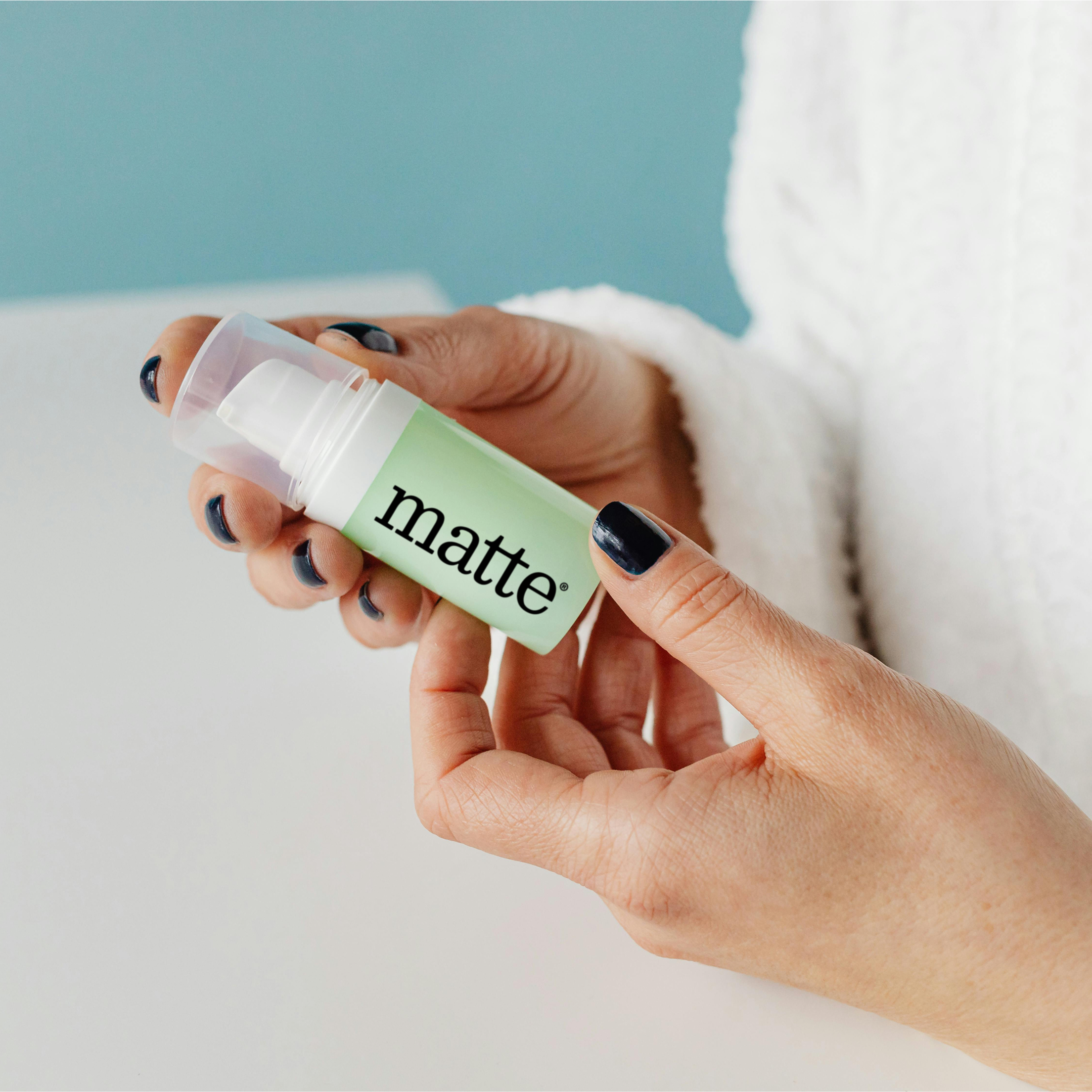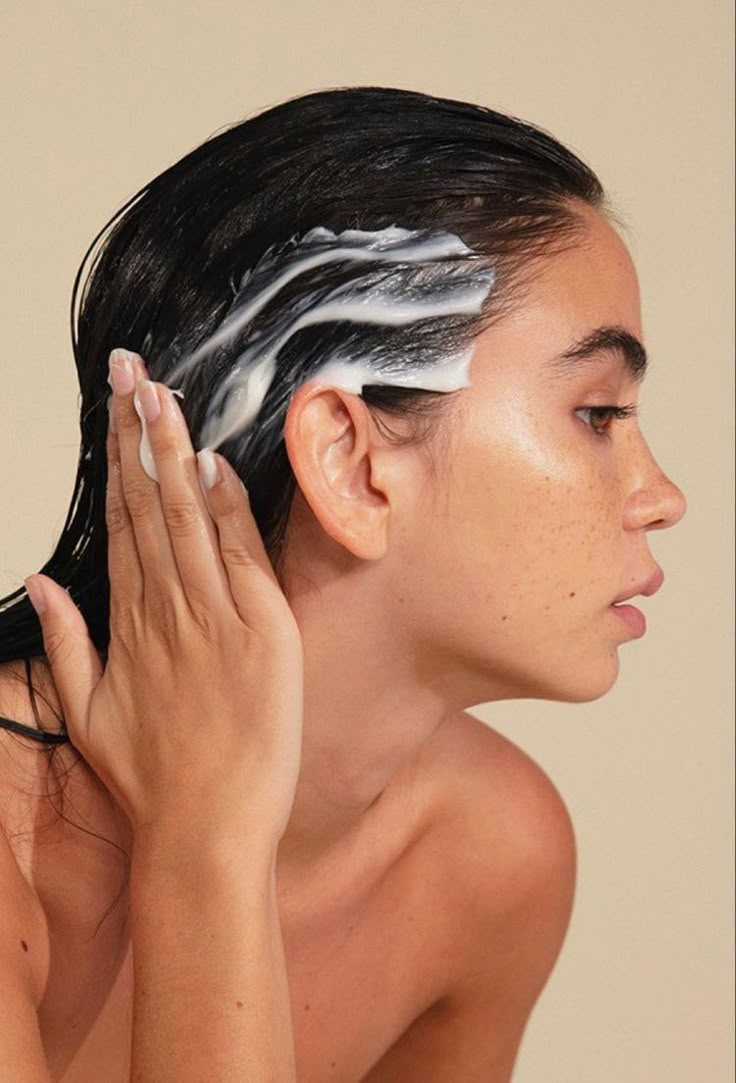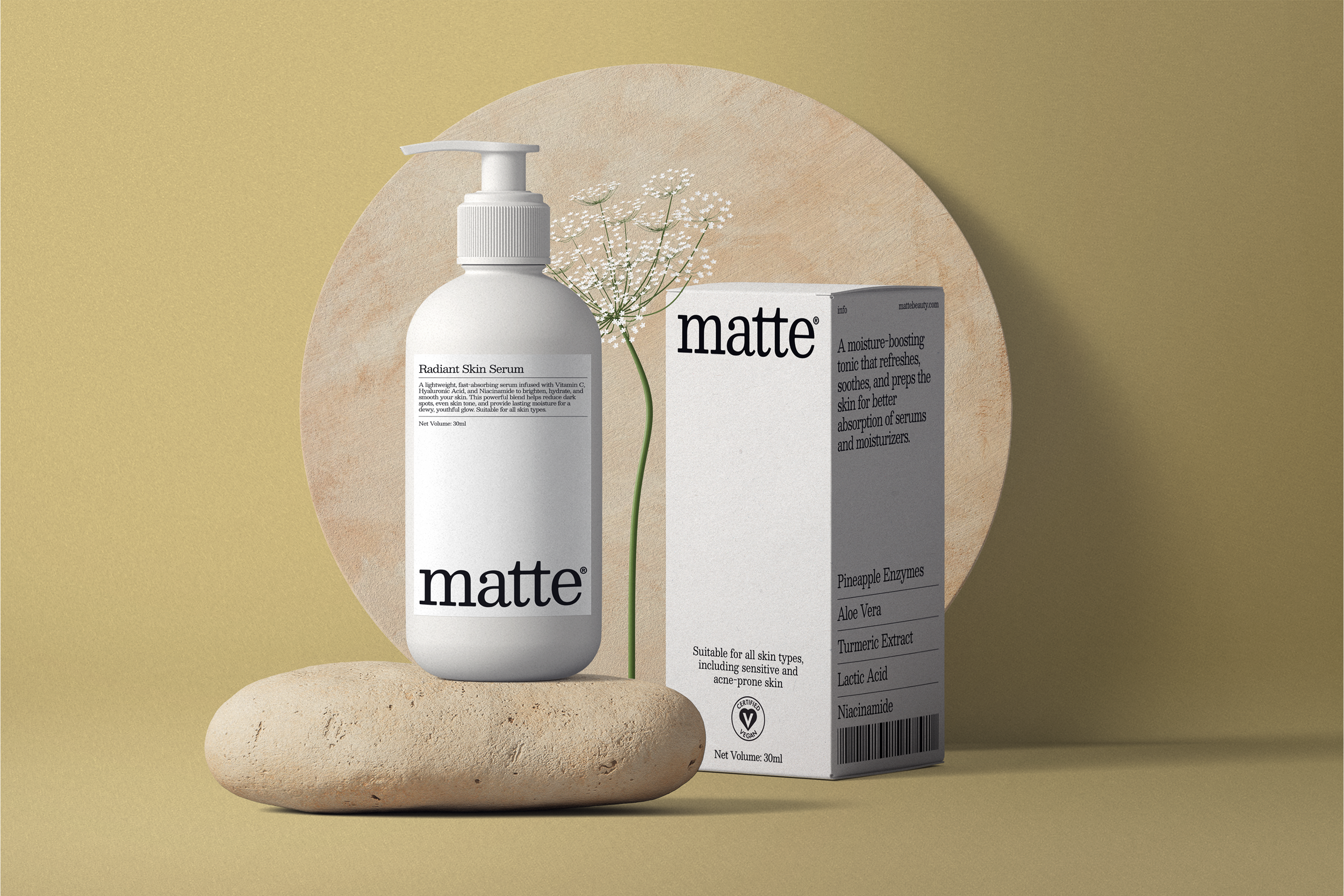What is the Oil Cleansing Method and Why Is It Effective?
The Oil Cleansing Method (OCM) represents a revolutionary approach to skincare that challenges conventional wisdom. This technique uses natural oils to dissolve facial impurities, remove makeup, and balance the skin's natural sebum production—all without the harsh surfactants found in traditional cleansers. At its core, OCM operates on a simple scientific principle: like dissolves like. The oils used in cleansing dissolve the hardened sebum, pollution, and makeup that accumulate on your skin throughout the day.

What makes this method particularly transformative is its ability to deeply cleanse while simultaneously nourishing the skin barrier. Unlike conventional foaming cleansers that strip away natural oils (potentially triggering overproduction of sebum), proper oil cleansing maintains your skin's delicate balance. For those who have struggled with cleanser-induced dryness or the frustrating cycle of oiliness followed by tight, uncomfortable skin, OCM offers a balanced alternative that many enthusiasts describe as life-changing.
Perhaps most surprisingly, oil cleansing benefits all skin types—even oily and acne-prone complexions. While it seems counterintuitive to apply oil to already oily skin, the right cleansing oils can actually regulate sebum production over time by signaling to your skin that external oil is present, potentially reducing your skin's perceived need to overproduce its own oils.
How Oil Cleansing Works: The Science Behind It
Understanding the science behind oil cleansing helps explain its effectiveness. Traditional soap-based cleansers work through surfactants—molecules with hydrophilic (water-loving) heads and hydrophobic (oil-loving) tails that surround oil particles and allow them to be rinsed away with water. While effective at removing surface dirt, this approach often disrupts the acid mantle, the skin's protective barrier with an optimal pH of approximately 5.5.
Oil cleansing works differently through molecular attraction. Cleansing oils bind to sebum, pollutants, sunscreen, and makeup because these substances share similar molecular structures. When massaged into the skin, cleansing oils dissolve these impurities, including those deep within pores. The warm, damp cloth used in the removal process creates gentle steam that helps lift away the dissolved impurities while the microfiber or cotton fibers provide mild physical exfoliation.
Research published in the International Journal of Cosmetic Science confirms that certain plant oils contain beneficial compounds that go beyond cleansing. Many carrier oils provide linoleic acid, ceramides, and antioxidants that strengthen the skin barrier, reduce transepidermal water loss, and protect against environmental damage. This explains why many users notice improved moisture retention, reduced inflammation, and balanced oil production after adopting OCM.
The method also respects the skin's acid mantle and microbiome—the diverse community of beneficial microorganisms that protect against pathogens and inflammation. By avoiding harsh surfactants and maintaining proper pH, oil cleansing helps preserve these vital aspects of skin health that increasingly appear central to conditions ranging from acne to premature aging.
The Right Oils for Different Skin Types
Jojoba Oil - The Universal Choice for All Skin Types
Jojoba oil stands out among cleansing oils due to its remarkable structural similarity to human sebum. Technically a liquid wax ester rather than an oil, jojoba penetrates easily without clogging pores and balances sebum production across all skin types. Its molecular composition allows it to carry other beneficial ingredients deeper into the skin while providing mild antibacterial properties.
With a comedogenic rating of 2 (on a scale of 0-5), jojoba rarely triggers breakouts and actually helps dissolve the hardened sebum that contributes to acne. Its stable nature means it resists oxidation and rancidity, giving it a longer shelf life than many other natural oils. Rich in vitamins E and B-complex, jojoba provides antioxidant protection while supporting the skin's barrier function.
For best results, choose cold-pressed, organic jojoba oil to ensure maximum nutritional content and minimal processing. It works exceptionally well as a "starter oil" for those new to OCM, particularly those with combination skin seeking balance. Its lightweight texture leaves no greasy residue, making it suitable even for humid climates or summer use.
Sweet Almond Oil - Ideal for Dry and Normal Skin
Sweet almond oil offers a perfect balance of nourishment and cleansing ability for dry or normal skin types. Rich in vitamin E, fatty acids, and proteins, this medium-weight oil dissolves surface impurities while providing substantial moisture. Its high concentration of oleic acid helps restore the skin barrier, making it particularly beneficial for mature or environmentally damaged complexions.
Beyond its cleansing capabilities, sweet almond oil contains anti-inflammatory compounds that soothe irritation and redness. Its vitamin A content supports gentle cell turnover, potentially improving texture over time without the irritation associated with stronger exfoliants. With a comedogenic rating of 2, it rarely causes congestion in dry or normal skin types, though those with acne concerns might prefer oils higher in linoleic acid.
For optimal results, select unrefined, cold-pressed almond oil and store it in a cool, dark place to preserve its beneficial compounds. Those with nut allergies should avoid this oil and consider jojoba or sunflower alternatives. Sweet almond oil works beautifully in combination with a few drops of castor oil (5-10%) to enhance cleansing power for those wearing heavier makeup or sunscreen.
Coconut Oil - The Makeup-Removing Powerhouse
Coconut oil has earned its reputation as an exceptional makeup remover, particularly for stubborn waterproof formulations. Its high lauric acid content gives it antimicrobial properties that may benefit those dealing with certain types of surface bacteria. The oil's rich texture dissolves even waterproof mascara and long-wear foundations with ease, making it excellent for the first step of a double-cleansing routine.
However, coconut oil comes with an important caveat: with a comedogenic rating of 4, it can trigger breakouts in acne-prone individuals. Its high concentration of saturated fats and larger molecular structure means it sits on the skin's surface rather than absorbing easily. This makes it perfect for removing makeup but potentially problematic as a leave-on product for many skin types.
For those who tolerate coconut oil well (typically very dry, non-acne prone skin types), virgin, unrefined versions provide the most beneficial nutrients. Consider using it specifically for eye makeup removal or as the first cleanse in a two-step process, followed by a more suitable oil for your skin type. Fractionated coconut oil (which remains liquid at room temperature) tends to be less comedogenic than the regular version but also loses some of the beneficial components.
Olive Oil - Nourishing Deep Cleanser
Extra virgin olive oil delivers exceptional nourishment alongside effective cleansing. Rich in antioxidants including squalene (which mimics the skin's natural sebum) and vitamins A and E, olive oil provides anti-inflammatory benefits while dissolving makeup and environmental pollutants. Its high oleic acid content makes it particularly beneficial for dry, mature skin seeking additional nourishment.
Studies published in PLOS ONE suggest that olive oil's phenolic compounds may protect against photoaging and oxidative stress. Its rich texture makes it effective at dissolving stubborn sunscreen and foundation, while its fatty acid profile supports barrier repair for compromised skin. With a comedogenic rating of 2, it works well for dry and normal skin types but may be too heavy for those with oily or acne-prone complexions.
Quality matters significantly with olive oil—choose cold-pressed, extra virgin options in dark glass bottles to ensure maximum nutritional content and minimal oxidation. Some sensitive individuals may react to certain compounds in olive oil, so patch testing is essential. Consider diluting with lighter oils like grapeseed or sunflower if you find pure olive oil too rich for your cleansing routine.
Sunflower Oil - Safe Choice for Sensitive Skin
Sunflower oil offers a gentle approach to oil cleansing that rarely triggers reactivity, making it ideal for sensitive skin conditions including rosacea and eczema. Its high linoleic acid content helps restore barrier function and regulate oil production, while its vitamin E provides antioxidant protection. With a comedogenic rating of 0-1, sunflower oil ranks among the least likely oils to clog pores or trigger breakouts.
Research in the journal Pediatric Dermatology demonstrates that sunflower oil strengthens the skin barrier and improves hydration without causing irritation. Its lightweight texture allows it to cleanse effectively without leaving a heavy residue, making it suitable for nearly all skin types. The oil's neutral scent also reduces the risk of fragrance-related irritation for sensitive complexions.
For optimal results, select cold-pressed, high-linoleic sunflower oil (not high-oleic versions created for cooking) and store away from direct light. Those new to oil cleansing or concerned about potential reactions often find sunflower oil the safest entry point into the method. It combines particularly well with a small percentage of castor oil (5%) for enhanced cleansing power without compromising its gentle nature.
Step-by-Step Guide to Oil Cleansing Method
Begin your oil cleansing journey with clean hands and the right selection of oils for your skin type. For normal skin, a blend of 80% carrier oil (such as jojoba or sunflower) with 20% castor oil works well. Dry skin benefits from 90% nourishing oil (like sweet almond or olive) and just 10% castor oil. Oily or acne-prone skin might prefer 70% high-linoleic oil (such as grapeseed or sunflower) with 30% castor oil for deeper cleansing.
Pour approximately a quarter-sized amount of your oil blend into dry palms and warm it between your hands. With dry fingers (water repels oil), apply the oil to your dry face—this crucial detail ensures the oil binds directly to impurities rather than sliding over water. Begin massaging with gentle upward circular motions, focusing on areas that accumulate more oil or makeup such as the T-zone and jawline.
Continue massaging for 2-3 minutes to allow the oil sufficient time to dissolve surface impurities and penetrate pores. Many practitioners find this massage therapeutic, promoting lymphatic drainage and circulation while releasing facial tension. For areas with congestion or blackheads, spend extra time with very gentle pressure—no aggressive pushing or squeezing.
Next, soak a clean washcloth in comfortably hot (not scalding) water, wring out excess moisture, and drape it over your face. Allow it to rest for 30-60 seconds, creating a mini-facial steam that helps loosen the dissolved impurities. Gently wipe away the oil using upward and outward motions, rinsing and reapplying the warm cloth several times until your skin feels clean but not stripped.
For those wearing heavy makeup or sunscreen, a two-step approach works best: perform an initial cleanse to remove surface products, wipe away with a warm cloth, then repeat a second, shorter massage focusing on skin health rather than makeup removal. Some practitioners follow evening oil cleansing with a gentle water-based cleanser (known as double cleansing), though many find this unnecessary once their skin adjusts to OCM.
After cleansing, while your skin remains slightly damp, apply any treatment serums or moisturizers to seal in hydration. Most people perform full oil cleansing in the evening only, opting for a simple water rinse or gentle cleanser in the morning. Listen to your skin's needs and adjust frequency accordingly—some benefit from daily OCM while others prefer 2-3 times weekly.
Common Mistakes When Performing OCM and How to Fix Them
The most frequent OCM mistake involves improper oil removal, which can lead to clogged pores and breakouts. Ensure thorough removal by using a clean, warm cloth and changing to fresh sections as you wipe. Some practitioners use muslin or microfiber cloths specifically designed for thorough yet gentle oil removal. If concerned about residue, follow with a gentle, pH-balanced cleanser until you perfect your technique.
Selecting inappropriate oils for your skin type represents another common pitfall. Those with acne-prone skin who use highly comedogenic oils like coconut or wheat germ may experience increased congestion. Research your oil's comedogenic rating and consider patch testing new oils on your jawline for one week before full-face application. Remember that oil quality matters tremendously—rancid or low-quality oils can cause irritation and undermine results.
Impatience derails many OCM attempts, as purging may occur during the first 2-3 weeks as your skin adjusts to the new method. This transitional period, characterized by small breakouts as pores clear accumulated debris, differs from a true adverse reaction (which typically presents as widespread irritation or cystic breakouts). Give the method at least one month before evaluating its effectiveness, unless you experience significant discomfort.
Overusing castor oil frequently causes excessive dryness, as this oil possesses powerful cleansing properties that can be too astringent when used in high concentrations. Limit castor oil to 10-30% of your blend based on skin type, and consider reducing further if you experience tightness. Some sensitive individuals cannot tolerate castor oil at all and achieve better results with 100% non-comedogenic carrier oil like sunflower or safflower.
Using contaminated cloths represents an often-overlooked issue that can reintroduce bacteria to freshly cleansed skin. Maintain a rotation of clean cloths, washing them with fragrance-free detergent and allowing thorough drying between uses. Some practitioners designate a specific cloth color for OCM to distinguish from regular towels and prevent cross-contamination with potentially irritating bathroom products.
Combining OCM with Other Cleansing Methods
Double cleansing—the practice of using oil cleanser followed by a gentle water-based cleanser—offers benefits for those wearing heavy makeup, waterproof sunscreen, or living in highly polluted environments. This approach ensures thorough cleansing while maintaining skin barrier health. For optimal results, use your OCM routine first to dissolve oil-soluble impurities, follow with a gentle, pH-balanced cleanser to remove any residue, then apply your usual skincare products.
The Korean beauty-inspired "7-Skin Method" works beautifully after oil cleansing, providing intense hydration without heaviness. After completing OCM, apply seven thin layers of alcohol-free toner or essence, allowing each to absorb before applying the next. This technique maximizes hydration while taking advantage of the clean canvas OCM provides for optimal ingredient penetration.
Periodic gentle exfoliation complements OCM by removing dead skin cells that can otherwise build up. Consider incorporating a mild enzymatic exfoliant or soft muslin cloth 1-2 times weekly after your regular oil cleanse. This combination provides thorough yet non-irritating renewal that respects your skin barrier while preventing congestion that might occur with oil cleansing alone.
For travel or convenience, pre-soaked oil cleansing pads offer a portable alternative to the full method. Create these by saturating cotton rounds with your oil blend and storing them in a sealed container. While not providing the full benefits of proper massage and steam, these offer a practical option when traditional OCM isn't possible. Follow with micellar water if necessary to ensure thorough cleansing.
Many practitioners successfully alternate OCM with other cleansing methods based on their skin's needs and lifestyle demands. Consider using full OCM in the evening with a simple water rinse or gentle cleansing milk in the morning. During active breakouts, some find benefit in temporarily incorporating a salicylic acid cleanser several times weekly while maintaining OCM for makeup removal and deep cleansing on alternate days.
Oil cleansing represents more than just another skincare technique—it offers a fundamentally different approach that honors your skin's innate wisdom rather than fighting against it. By dissolving impurities while nourishing your skin barrier, OCM can transform not just your complexion but your entire relationship with skincare. With proper technique, high-quality oils, and patient consistency, you may find this ancient approach delivers the balanced, radiant skin that contemporary methods have failed to achieve.
Tags: #oilcleansingmethod #facialcleansingoil #cleanskincare #doublecleansing #jojobaforacne #naturalskincare #oilsforskin #skincaresciencebasics #cleanskinroutine #makeupremoval #oilycleansing #sensitiveskincleansing #coconutoilskincare #oliveoilforface #sunfloweroilskincare #acneskincleansing #nontoxicskincare #almondoilskincare #oilcleansingtechnique #cleanskinbarrier




